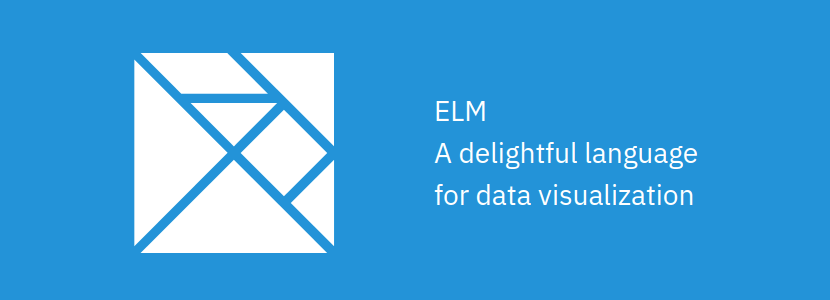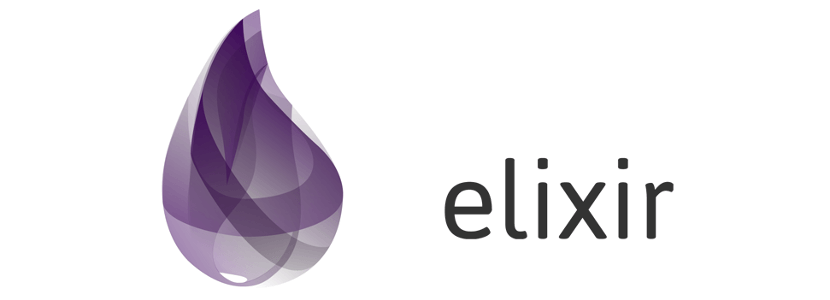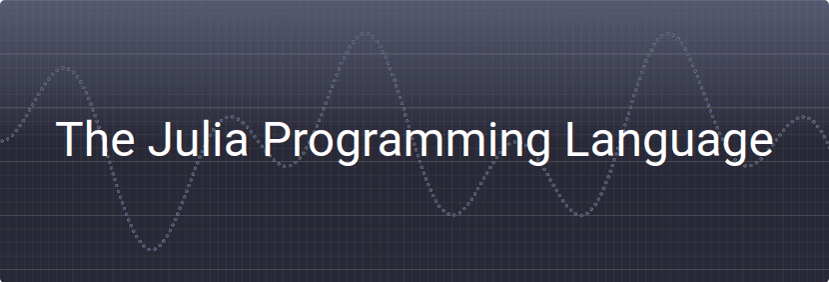Top App Programming Language Would More Impact In Upcoming Years
In this article, we discuss top app programming language would more impact In upcoming years. Number of mobile app technologies that are widely used for a specific platform or for cross-platform app development. One of the most comprehensive code repositories today GitHub create a year in Review report that shares interesting statistics about the programmer community.
As a mobile app development company, this report is beneficial as it informs you about the current status of popular app programming languages. While JavaScript, PHP, C, C#, C++, etc., are still in use, there are some promising ones coming up on the horizon.
Top Emerging App Programming Language
Software requirements develop and progress, brand-new and less generally approved app programming languages are obtaining prominence, offering developers the proper tool for specific jobs. Now, there is a broad variety of high-quality programming languages for various purposes. Nevertheless, the market fluctuates regularly with new requirements that need to be satisfied, and the current solutions are not as powerful anymore. Here we will review and inspect the top 6 trends in the app programming languages industry.
Elm

We start this list with Elm for a reason— it’s amazing benefits and features. Elm is for you if you love functional programming and are looking for a language that can be transpiled to JavaScript. This app programming language is focused on utility, therefore, it can be used with or without JavaScript for designing the user interface. Besides that, here are some other benefits:
- Swift, functional language applied for front-end coding
- Semantic version control is instantly enforced
- No runtime limitations
- Useful compiler
Kotlin

If you are an android app development company, Kotlin is the primary language for you. JVM and JavaScript are Kotlin targets. Many well-known companies use Kotlin, such as Amex, NBC Digital, etc. Kotlin design goals are complete Java interoperability, precision, and safety. The main features are:
- Precision to reduce boilerplate code
- The language compiler works extremely hard to minimize NRE
- Kotlin is adaptable with mobile, web, server-side, or mobile app development
- It is interoperable with recent Java frameworks, codebase and libraries
- Tool-enabled to ensure efficient, productive and automated development
Rust

Rust comes in third in this list. It is already pretty widely-used among web developers, specifically when it concerns Mozilla Firefox. The main objectives of Rust include concurrency, security and speed. Here static typing, type inference and control over memory along with other functional features are blended with C-efficiency. If you have ever come across Rust, then you surely know what differentiates Rust from the other app programming languages. Some of its benefits include:
- The borrow checker is a code-vetting tool that is Rust’s most unique point. It continues reading the code and keeps the compilation until the memory lapse can occur. Besides this, the feature diverts data races using a similar ruleset.
- Composition over inheritance supports modular programming that enables developers to describe the type only by its properties.
- Unexcelled tooling that comprises normal package manager, cross-platform APIs, etc., that is bound to save you some time.
Elixir

Elixir is among the developer favorites for the future of apps. This syntax-wise programming language mimics Ruby but additionally offers advantages like C to your coding. Right now, Elixir is mostly used for developing web apps either by a completely functional ecosystem of a web app or by a time-bound HTTP server. Sustainability, usability, scalability is Elixir’s targets. This is what it was created for. There are other cool features too, such as:
- Supervision
- Hot-swapped code
- Stick data arrangements
- Shared zilch concurrency
- No spin-off effects
- Pattern matching
Companies like Pinterest have already begun using Elixir.
Crystal

The syntax of Crystal closely resembles that of Ruby, so this makes it extremely convenient to write and read. The configuration is statistically type-checked that helps in finding typing mistakes as early as possible rather than getting an error on runtime. Lastly, to work arbitrary external programs varying from AST inspection to simple templating—this programming language boasts of a strong macro system. Some other advantages include:
- Default code formatter
- Swift prototyping
- Expressiveness, comprehensions and readability makes Crystal easy and quick to learn
Julia

Julia language is considered to be the fastest language due to its characteristic of compiling effective native codes. Julia offers robust support for responsive use due to its configuration that is dynamically-typed and for its rich detailed data types language. With its high-quality syntax, Julia can be applied by anyone with any experience or from any background. Some of its other features include:
- Asynchronous IO
- Debugging
- Package manager
Final Words
The future of mobile app development is hard to predict because we never know what new innovation might come around the corner. But if you run a mobile app development company, you have to know what the trends are, especially for programming languages. You can’t make an app without a proper base after all!
We hope you have found this article helpful. Let us know your questions or feedback if any through the comment section in below. You can subscribe our newsletter and get notified when we publish new WordPress articles for free. Moreover, you can explore here other articles.
If you like our article, please consider buying a coffee for us.
Thanks for your support!
 Buy me a coffee!
Buy me a coffee!


Join the Discussion.